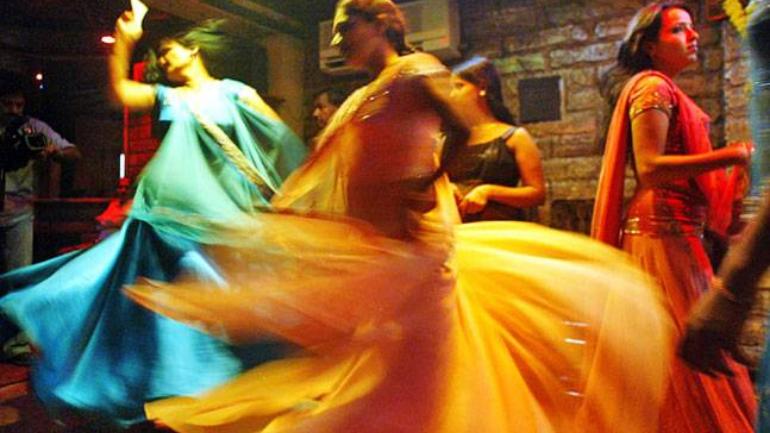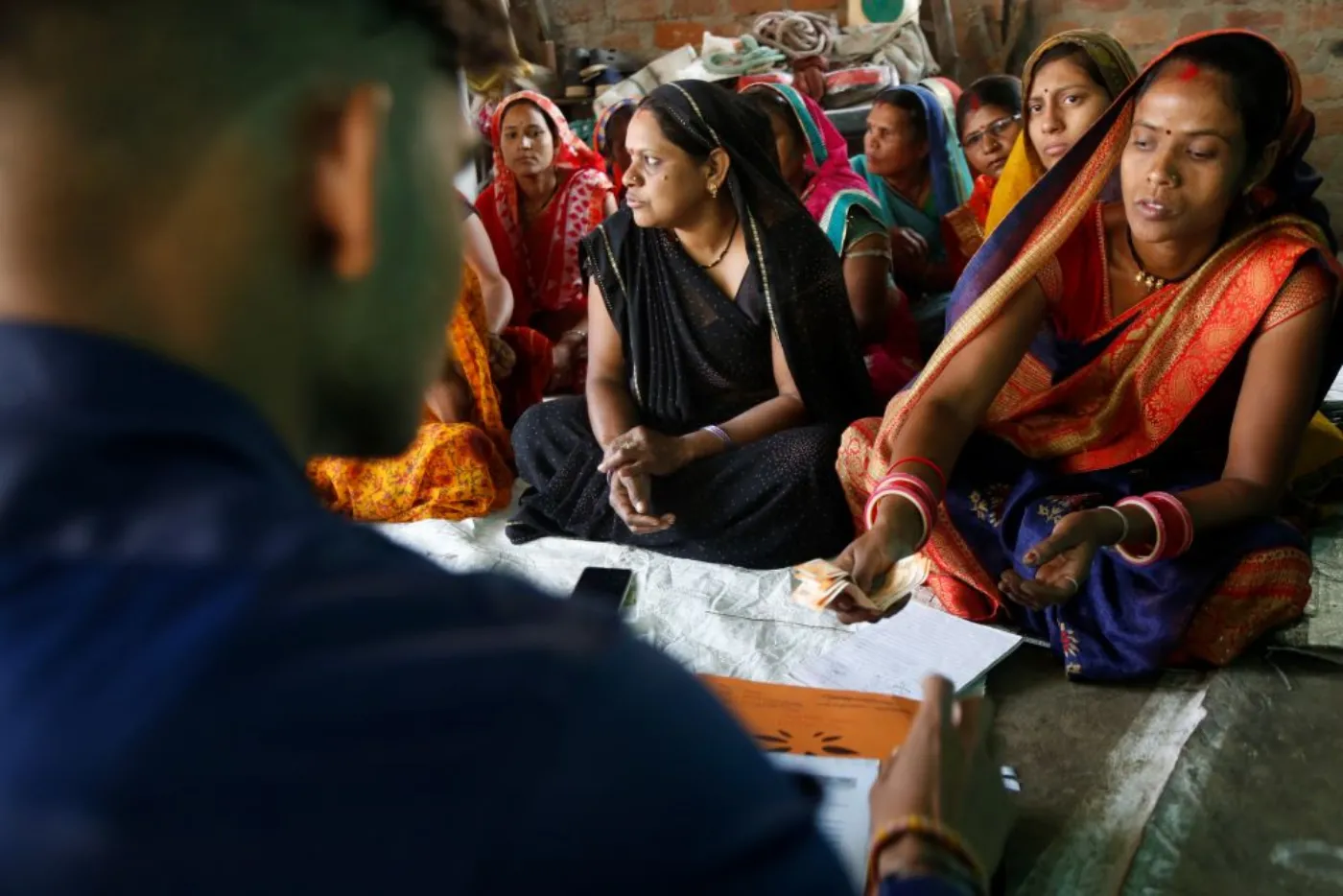“I shall not today attempt further to define [obscenity] … and perhaps I could never succeed in intelligibly doing so. But I know it when I see it.”
A law that came into force almost fourteen years ago and has been trying to redefine the idea of moral turpitude in a state, that has generally been progressive for women, has finally been amended by the judiciary. In the judgment, certain provisions related to the functioning of the bars and certain provisions related to licensing for the restaurants have been amended, however, the act is very much in existence. Having read the judgment myself, I’d like to give a step-by-step guide on what the Supreme Court held while deciding the fate of the Dance Bars in Mumbai.
The 2005 law that aimed to regulate dance bars was already held as unconstitutional, but in the most desperate attempt to impose their ideals and morality on the people, the state came up with a new law, on similar lines to the 2005 law, to regulate the functioning of dance bars, to the extent that no bar has been granted a license since 2005.
Believing in the principle of greater the restriction, more the security, the court held dancing to be a fundamental right, as a valid form of expression under article 19(1)(a) of the Constitution. The Supreme Court has prohibited throwing of money or any object that can be realised in monetary value on the dancers, but has discarded the idea of adding tips in the bills, on the grounds that the same might never reach the dancers.
However, while laying emphasis on improving the working conditions for these dancers, the Court stated that there is no need for monthly employment contracts as there are other ways available, but the payment for respective performances should be transferred to the bank accounts of the dancers with added benefits.
Instead of creating fresh job opportunities for women it takes away whatever job opportunities are already available to them.
On the issue of segregating bar room area from hotel, the Court called it arbitrary and thus removed the partition. Another bizarre requirement to obtain licensing is that the bar should be at least 1 km away from the educational and religious institutions, the Court held that such a condition amounts to fulfilling an impossible condition, considering the ground realities of Mumbai. While upholding the time of operation of the bars from 6.00 p.m. to 11.30 p.m., the Court outright rejected the installation of CCTV cameras and held the same to be in violation of the privacy judgment.
Also read: How Progressive Are Separate ‘Public’ Spaces For Women
While dealing with the question of whether serving alcohol where dancers are staged should be allowed, it was stated that, “State is more influenced by moralistic overtones under wrong presumption that persons after consuming alcohol would misbehave with the dancers. If this is so, such a presumption would be equally applicable to bar rooms where the alcohol is served by women waitresses.”
After I completed reading the judgment, I was happy as to how the concept of social morality has already started shifting to constitutional morality and I couldn’t help but visit the pages of the Section 377 judgment, the Sabarimala judgment, and the decriminalisation of adultery. The Court, relying upon the available sources and literature, made beautiful observation that many women performers take up dancing to rehabilitate themselves from exploitative flesh trade. The moral anxiety of the State and the assumption that all the dancers are minors and/or trafficked into the profession, couldn’t be backed by any data.
Condemnation of obscenity depends as much upon the mores of the people as upon the individual. The fact that Court acknowledged different perceptions depending upon different aptitudes and the stigmatisation associated to dance bars in our society, has made me believe that the country probably is heading in the right direction.
The disgust that society holds against bar dancers and the apathy of the state to render them jobless, in order to liberate them, has been very well reflected by the 2015 law.
I believe that greater the restriction, greater the need for scrutiny, and in this case too, the ban had achieved the opposite result. Ironically instead of creating fresh job opportunities for women, the impugned law took away whatever job opportunities were already available to them. The ban also had an adverse social impact and the loss of livelihood of bar dancers has put them in a very precarious situation to earn the livelihood.
The fact that these bars have been in existence for so long only goes on to show that the practice which may not be ‘immoral’ by societal standards cannot be thrusted upon the society as immoral by the State with its own notion of morality, in order to exercise ‘social control’. DH Lawrence also thought that Jane Eyre was nothing but a pornographic book, as it talked about stories of sexual repression, while many people don’t agree with the same.
In my view, the ban was nothing but just another case where individualistic morality was being shoved down our throats, instead of constitutional morality. Whatever the repercussions may be of this, loss of jobs, infringement of fundamental rights, so be it, the State would go on proving it’s apathy. While I’m of the view that if not all, some of the women come here, of their own accord and as the court has said to look for alternatives to flesh trade, a regulating authority, if the concerns had been genuine, would have solved the issue.
We are living in a country where the women are pulled by their hair and dragged out of pubs to correct them morally, a country that has to stand for everything but the consent and freedom of the woman and under the garb of protecting them, only ends up victimising them further. The disgust that society holds against bar dancers and the apathy of the state to render them jobless, in order to liberate them, has been very well reflected by the 2015 law.
Also read: Book Review: Beautiful Thing – Inside The Secret World Of Bombay’s Dance Bars By Sonia Faleiro
I only have one thing to ask, between moral posterity and obscenity, where exactly do you draw the line?
Featured Image Source: India Today
About the author(s)
Racheeta Chawla is a law student aiming to build an inclusive society.




